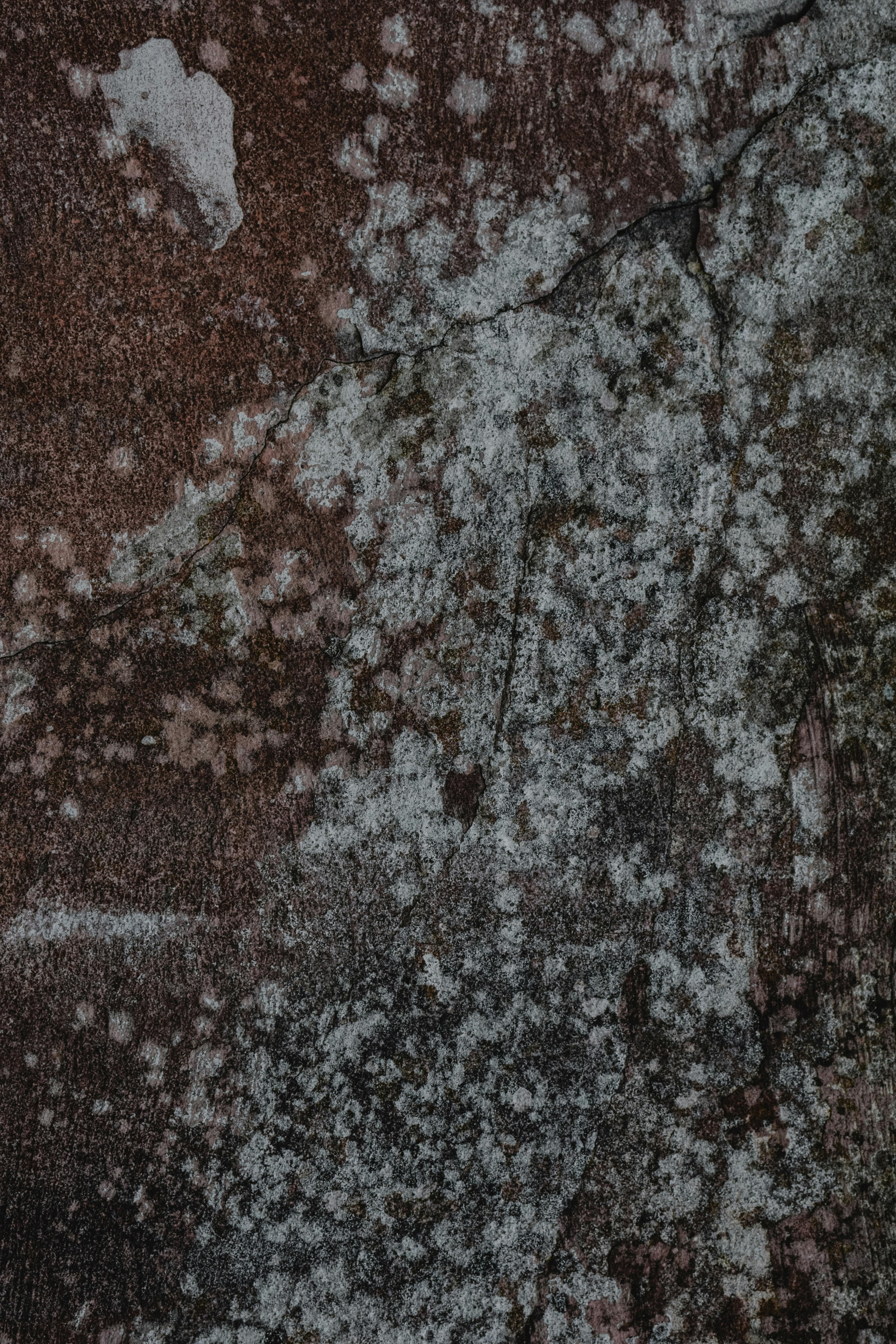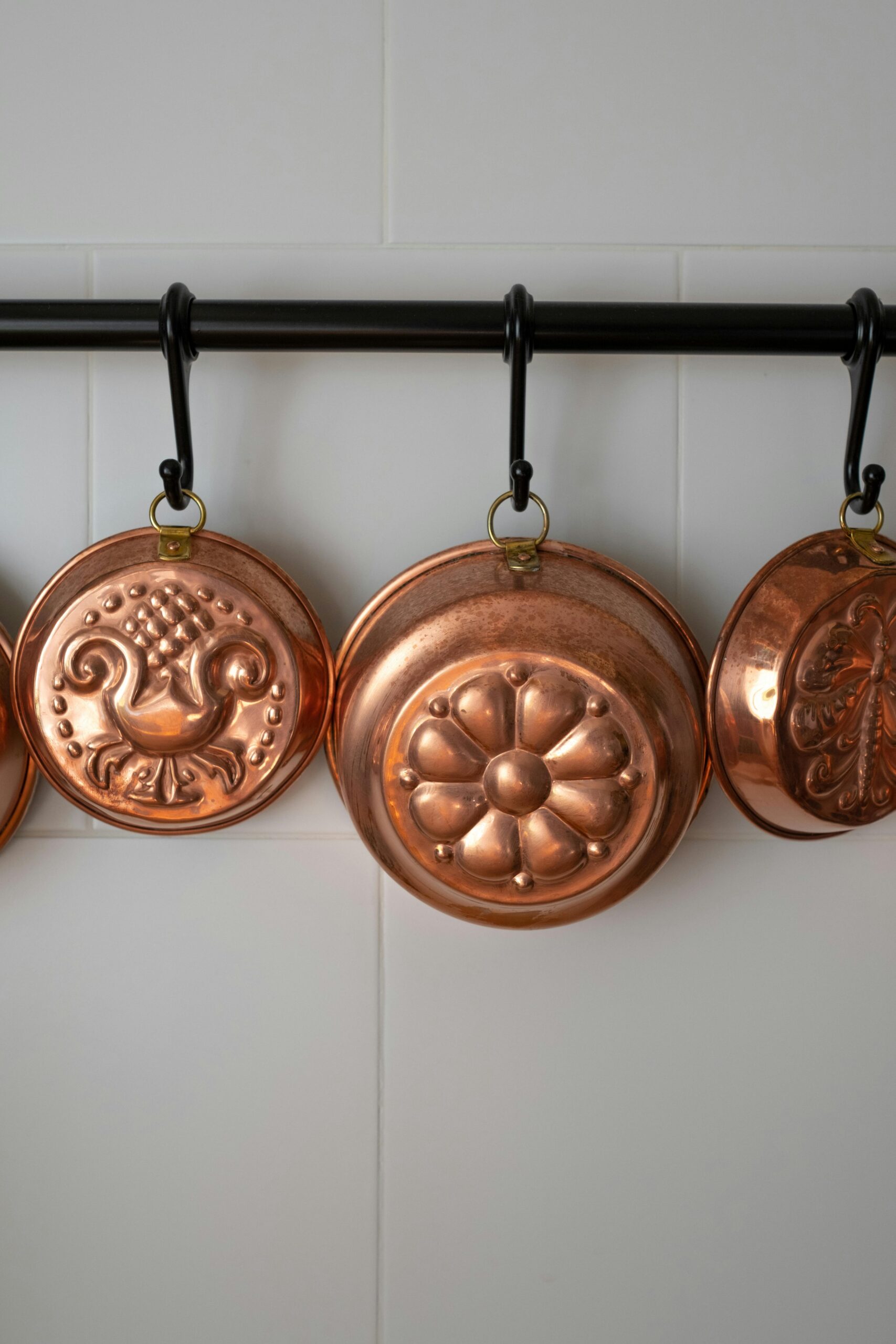Schimmel Wand: Understanding and Addressing Mold Issues
Mold, or “schimmel,” can be a significant issue in homes, especially when it arises on walls. Not only can it lead to unsightly stains, but it can also pose health risks for those living in affected areas. This article delves into the causes, identification, prevention, and remediation of mold on walls, providing practical advice and steps to ensure a safe and healthy living environment.
What Causes Mold on Walls?
Understanding the root causes of mold growth is crucial in addressing schimmel issues effectively. Mold thrives in areas where there is moisture, warmth, and lack of sunlight. Common sources of moisture include leaks from pipes, improper ventilation in bathrooms or kitchens, and dampness from basements. Additionally, high humidity levels in a home can contribute to the growth of mold. When environments are left unaddressed, schimmel can quickly spread, making early intervention essential.
Common Causes of Moisture in Homes
Identifying sources of moisture is the first step in combating schimmel. Common culprits include:
- Leaky roofs or plumbing
- Damp basements or crawl spaces
- Condensation on cold surfaces
- Poorly ventilated areas, particularly kitchens and bathrooms
Addressing these issues promptly can prevent mold growth and ensure a healthier living space.
How Humidity Affects Mold Growth
Humidity levels in your home play a significant role in mold development. Ideally, indoor humidity should be kept between 30-50 percent. Areas with higher humidity create a favorable environment for schimmel proliferation. To monitor humidity, you can use hygrometers to track levels and implement dehumidifiers in particularly damp areas. Regularly ventilating spaces can also help mitigate moisture accumulation.
Identifying Mold on Walls
Recognizing mold on walls is vital for treatment. Often appearing as black, green, or white spots, it can take various forms, including powdery or fuzzy textures. If you suspect mold in your home, it is crucial to investigate further, especially if you notice a musty odor or have experienced water damage.

Preventing Mold Growth on Walls
Preventing schimmel is much more effective than dealing with it after it appears. There are several steps homeowners can take to minimize the risk of mold growth.
Regular Maintenance Checks
Regularly inspecting your home for signs of leaks or dampness can significantly reduce the risk of mold. Check pipes, roofs, and areas around windows for any signs of moisture. Fixing leaks as soon as they are identified is crucial. Additionally, ensure that gutters and downspouts are properly directing water away from the foundation of your home.
Improving Ventilation
Proper ventilation is essential in preventing moisture buildup. Using exhaust fans in kitchens and bathrooms can help eliminate humidity. Opening windows during dry weather also increases airflow, helping to keep indoor humidity levels in check.
Using Mold-Resistant Products
In areas prone to moisture, consider using mold-resistant paint or drywall. These materials can inhibit mold growth, providing an extra layer of protection against schimmel. When renovating or maintaining your home, opting for these products can be a worthwhile investment.
Addressing Existing Mold Issues
If you discover mold on your walls, it is crucial to address the situation quickly and properly to avoid health risks. Here’s a comprehensive approach to remediation.
Assessing the Severity of Mold Growth
Before beginning any mold remediation process, assess the extent of growth. Small patches on non-porous surfaces can often be cleaned with household solutions like vinegar or a mixture of bleach and water. However, if mold covers a large area (greater than 10 square feet) or is found in HVAC systems, it may be best to consult a professional mold remediation service.
Step-by-Step Remediation Process
For minor mold issues, follow these steps:
- Ensure adequate ventilation in the area.
- Wear protective gear, including gloves and a mask.
- Use a mixture of water and vinegar or bleach to scrub affected areas.
- Allow surfaces to dry thoroughly to prevent further mold growth.

Health Implications of Mold Exposure
Health risks associated with schimmel can vary significantly from person to person, depending on individual sensitivities and preexisting conditions. Recognizing the potential dangers is critical in addressing concerns and preventing exposure.
Common Health Symptoms Linked to Mold Exposure
Exposure to mold can lead to numerous health issues, especially respiratory problems. Common symptoms include sneezing, coughing, nasal congestion, and eye irritation. Those with allergies or asthma may experience heightened symptoms, necessitating immediate intervention. In severe cases, prolonged exposure can cause more serious health effects that warrant medical attention.
When to Seek Medical Help
If you or a family member experiences persistent symptoms that resemble allergies or respiratory issues, it’s important to consult with a healthcare professional. They can assess the situation and recommend appropriate treatment or interventions based on your specific circumstances.
Key Takeaways
- Mold, or “schimmel,” thrives in moist, warm conditions, making prevention essential.
- Regular maintenance, climate control, and mold-resistant materials can help mitigate risks.
- Minor mold issues can often be treated at home, while extensive growth may require professional assistance.
- Awareness of health risks associated with mold exposure is crucial for maintaining well-being.
FAQ
1. How can I tell if my wall has mold behind it?
Signs of hidden mold can include a musty odor or visible discoloration on the wall surface. Additionally, if you notice peeling paint or wallpaper, this could indicate moisture issues behind the wall. If you’re uncertain, a professional inspection may be beneficial.
2. Is it safe to paint over moldy walls?
Painting over mold is not recommended, as it does not address the underlying issue, allowing mold to continue growing beneath the paint. Instead, it’s essential to properly clean and remediate the mold before repainting the affected area.
3. Can I use essential oils to combat mold?
Some essential oils, like tea tree oil or lavender oil, have antifungal properties and can help inhibit mold growth. Mixing a few drops with water in a spray bottle can create a natural mold deterrent for minor mold issues.
4. What home remedies can I use for mold removal?
Common home remedies for mold removal include vinegar, baking soda, and hydrogen peroxide. Each of these substances can be effective in cleaning small areas of mold on non-porous surfaces. Always ensure proper ventilation when using these solutions.
5. How can I prevent mold from returning?
Mold prevention involves controlling moisture levels in your home. Use dehumidifiers, ensure proper ventilation, fix leaks promptly, and consider using mold-resistant products in humid areas to help reduce the likelihood of mold returning.
